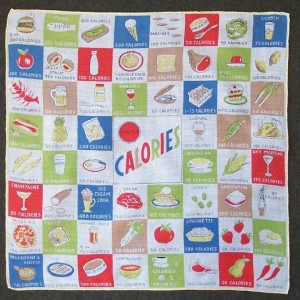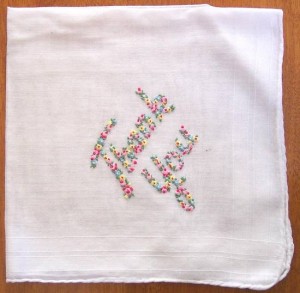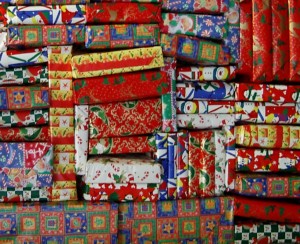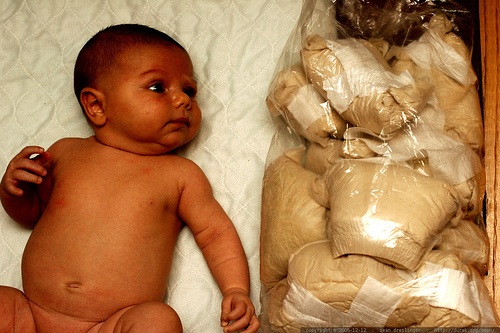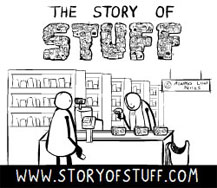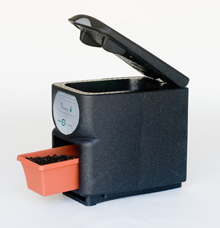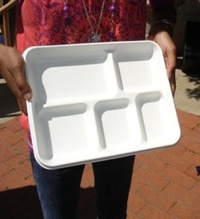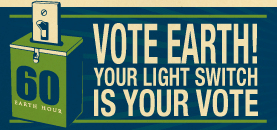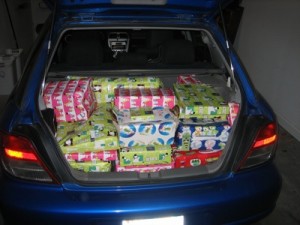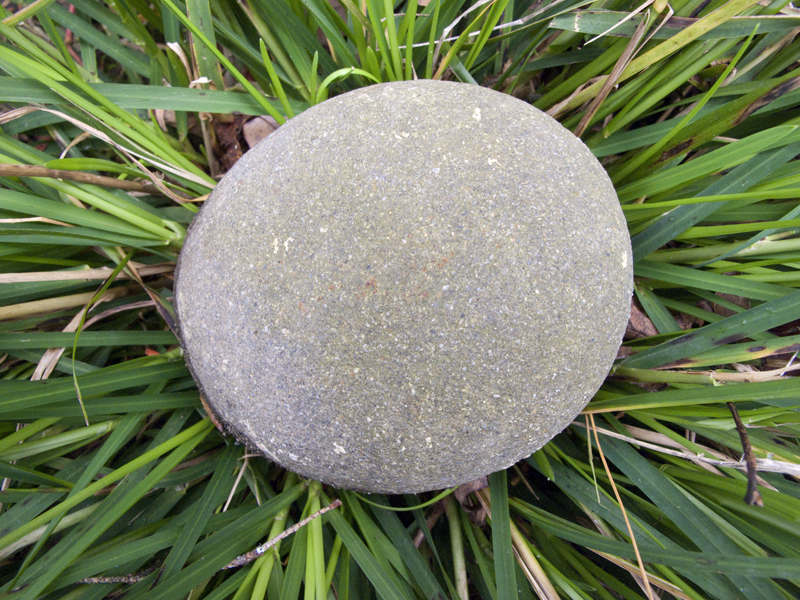
I’ve been thinking a lot about the small things we can do that add up to a big impact. That is what has made me want to post some ideas hopefully once a week. In any case, I’ve chosen tuesday as my day. The idea of these tips is to spark awareness and not guilt. I think we sometimes get caught up in how bad so many different things are that it’s hard to think of the small things we can do to chip away at the problem.
So, these are my guilt-free tips. If you have any ideas of your own *please* email them to me and I will post them when I can.
Today’s tip is to lower the water usage in your toilet. A family of 4 typically uses 100 gallons of water a day, and the toilet is the biggest factor in the water consumption.
Ideally we would all have low-flow toilets, or the cool dual-flush ones that have a different amount of water to flush #1 and #2. If that’s not an option (remember, don’t feel guilty!) you can reduce the amount of water in your tank. This reduces the amount of water used per flush, which adds up pretty quickly.
When I was a kid, a lot of people put a brick in their toilet tank. The mass of the brick would reduce a brick-size mass of water in your tank. That’s the idea I’m working with today. The only problem with using a brick is that it begins to deteriorate in the water, which can cause problems with your pipes.
Instead of a brick, you can use a number of different objects. I love to go on hikes and nature walks, so my objective was to find a river rock. When we stayed with friends up in Woodstock, NY there were plenty of beautiful, smooth river rocks near their house. River rocks are great because their surface has been smoothed over by years of water flowing. They won’t deteriorate in your tank and cause problems.
If you can’t find a nice river rock, another solution is to take a plastic bottle or jug that is about 1 liter in size. Fill it with pebbles and seal it. The pebbles weigh it down, so it doesn’t float around and interfere with the workings of the toilet.
Of course, there’s the old saying, “If it’s yellow, let it mellow. If it’s brown, flush it down.” If you and your family are up for this (mine is not), you can save a lot of water by just not flushing as often.
